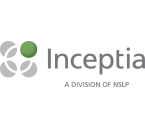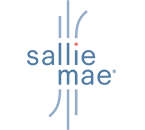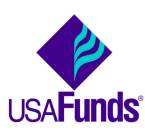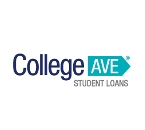2017-18 FAFSA Updates, Including Early FAFSA and Use of Prior-Prior Year Income
By Michael Kutcher, NASFAA U Instructor
This session focused on FAFSA updates, the use of prior-prior year income, and strategies institutions can use to help prepare staff and students for the upcoming changes. The first change is that the 2017-18 FAFSA will be available on October 1, 2016 at fafsa.gov. This will be a permanent change and moving forward subsequent FAFSA’s will be available on October 1. The next change is that earlier tax year information is being required on the FAFSA. Beginning with the 2017-18 FAFSA, students will be asked to provide their 2015 tax year income information. Institutions should strongly encourage students to use the IRS Data Retrieval Tool so that the appropriate tax data is submitted.
There are some benefits associated with making the FAFSA available earlier to students. The first is that many college application deadlines occur in the fall. By making the application date earlier, it better aligns the FAFSA with those deadlines. Students will also know their Expected Family Contribution earlier, which can help them assess their net costs. Lastly, making the FAFSA available earlier may give students more time to compare school offers before College Signing Day in addition to giving them more time before many state and school financial aid deadlines.
The U.S. Department of Education (ED) recommends that institutions develop an outreach plan designed to increase awareness of the changes to the FAFSA for enrolled and prospective students. Schools should engage students through events on campus as well as via social media (Facebook, Twitter, etc.). ED has recommended that in the summer of 2016, schools should start notifying students to get ready for the fall. They should tell rising high school seniors to get FSA ID’s and research colleges they are interested in applying to. In September, institutions should hold financial aid nights and remind students and parents to obtain a FSA ID and prepare to fill out the FAFSA in October. Then in October, schools may host a FAFSA completion event to provide hands-on help filling out the FAFSA and explain what happens next. Throughout November to April, schools should help students interpret and compare aid offers. This is an opportunity to tell students and parents why the institution is best for them to attend.
In order to help schools with this transition, ED has made outreach materials available for institutions. These include talking points, a table of FAFSA launch dates and tax years, fact sheets for counselors, parents and college students, and an outreach calendar as referenced above. This information can be found at: https://financialaidtoolkit.ed.gov/tk/resources.jsp. With regards to information that is currently available for the 2016-2017 academic year, although the presenters could not confirm when the 2016-17 FSA Handbook will be made available, they have estimated it should be published on the IFAP website by the end of July, 2016.
Publication Date: 7/12/2016











Jessica H | 10/21/2016 2:38:17 PM
Is there a handout available that was used for this session?
You must be logged in to comment on this page.